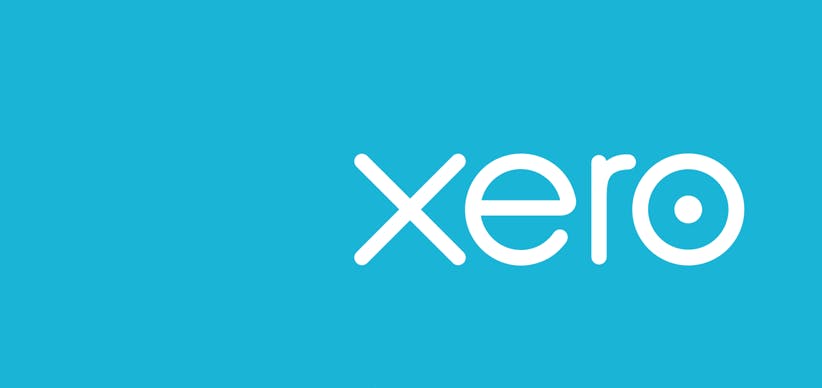When you are reconciling your bank account on Xero you will be attaching a category to all of your income and expenditure.
In accountant speak, the category is a nominal code, and the chart of accounts is a long list of all of the nominal coding available.
Sometimes it will be obvious what code a transaction should be assigned to, sometimes it will be less clear. You may want to have a chat with your accountant to see if they have any suggestions about which of the current codes might be suitable.
Xero (and all other accounting software) is set up to include the most generic codes that businesses would need. It is possible that your business wants to classify income or expenditure in more detail than is currently available, or more likely, a type of expense that you incur is not listed. In that case, you will need to add a new category to your Chart of Accounts.
A Chart of Accounts is literally just a list of account codes that are set up for your business. On Xero this list can be viewed by going to Accounting and then selecting Chart of Accounts from the Advanced menu option.
Before setting up a new account, it will be best to double check that none of the currently existing accounts is suitable. If you have two very similar accounts it is possible that you will categorise similar expenditure as one for some transactions and and the other code for some others, which might just confuse matters.
This is best avoided if possible so reviewing what accounts are currently available is the first step.
If there is no category that suits your expenditure, what you will want to do is find something similar to see whereabouts in the Chart of Accounts it sits. For example, if you want to add a category for paying for staff accommodation when they are away on trips, you might look to see where travel costs are coded. The default travel codes are 493 for Travel – National and 494 for Travel – International and they are both classed as Overheads. You might therefore pick code 495 for Accommodation and realise you should class it as an overhead.
To add a new code, scroll to the top and select Add Account. You will then be able to add Overheads at the account type, 495 for the Code, Accommodation for the Name and if you want you can add a short description of what the account should be used for.
Finally you can select the default Tax setting (select No Tax if you are not VAT registered) and hit save. The account should now be available to use when you are doing your bank reconciliation, although if you had the screen open it will likely need to be refreshed.



